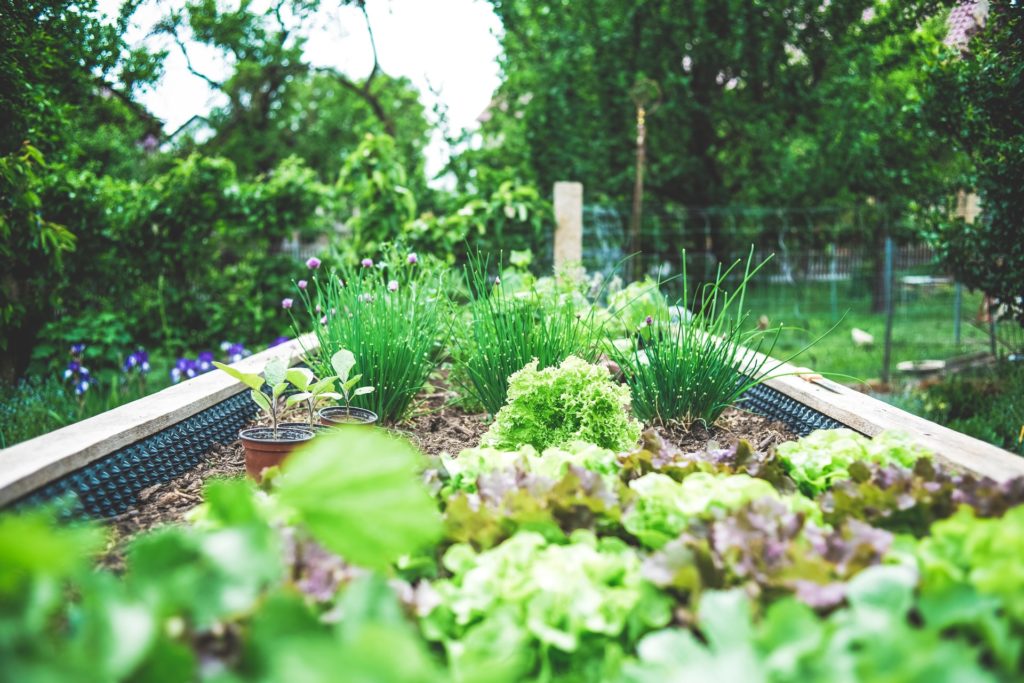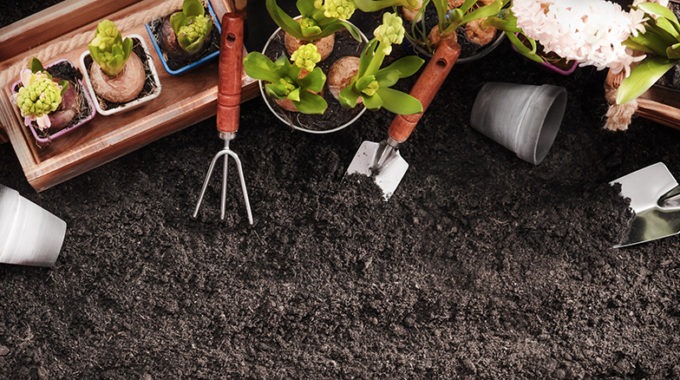Fire up those green thumbs: it’s spring!
There’s something so invigorating about spring. The longer, warmer days seem to awaken something within that’s been lying dormant over winter, and the thrill of new life and new beginnings adds a spring to the step. It’s also a great time to get into edible gardening, and with lockdowns and social restrictions keeping us at home more, an increasing number of us are keen to learn more about growing our own food. So whether you’re a gardening newbie or an old hand, now is a great time for getting out into the garden and getting your hands dirty. Here’s our guide on how to get your garden ready, and what to plant right now.

“Spring is a colourful time of the year in the garden, with plenty of perennials and annuals in full bloom,” says Katy Schreuder, Bunnings Horticulturalist. “The best vegies to plant now are tomatoes, chilli, capsicum, cucumber, salad greens, beetroot, peas and beans.”
Prep and planting top tips
Soil preparation is key to helping plants thrive throughout the year, Schreuder advises.
“For best results, improve your soil before planting with composts and manures,” she says. “It’s also important to maintain a regular watering regime. A fortnightly application of a suitable vegetable fertiliser and seaweed extract will also ensure strong, healthy growth.”
Schreuder also recommends that you protect tender seedlings from strong winds and late season frosts. Use canes and trellises for support as plants grow throughout spring.
“Check regularly for pests and diseases,” she says. “And use relevant products to control nasties before they cause any damage to your plants. To keep weeds at bay, either pull them out by hand or use a spray that targets the weeds, but not your vegetables.”
You should also plant your fruit trees into rich soils, water them regularly and protect them from strong winds. “Flower beds also love soil improvers and rich composts to help them thrive,”Schreuder says. “Check your irrigation system is in good working order and apply water-saving mulches to your garden beds.”

What to plant in spring
Australia is a big country, and the climate varies widely. So to get the best results out of your edible garden, you should choose plants that are suited to the climate of your region. Here’s a quick guide, courtesy of Bunnings.
WARM AREAS
These are areas that don’t get frosts or only have occasional frosts. This encompasses the area north of Coffs Harbour in NSW, all the way across to Geraldton in the west.
Fruits and vegetables: passionfruit, pawpaw, avocado, banana, citrus, rocket, silverbeet, spring onion, lettuce, zucchini, pumpkin, leek, capsicum, cucumber, eggplant, tomatoes
Herbs: parsley, sweet basil, dill, mint, marjoram, coriander, catnip
COOL TO COLD AREAS
These are areas where there are low temps for long periods. This includes all of Tassie, most of Victoria, the southern highlands of NSW, the ACT and some of southern South Australia.
Fruits and vegetables: strawberries, leeks, onions, parsnip, radishes, spinach, sweet corn, beetroot, tomatoes, peas, silverbeet, lettuce, swedes, turnips, cucumber
Herbs: basil, chives, coriander, dill, mint, oregano, parsley, sage, thyme
TEMPERATE ZONES
These are areas where there are occasional winter frosts. This includes much of the rest of Australia, some areas of Victoria, most of South Australia and southern Western Australia.
Fruit and vegetables: blueberries, passionfruit, pawpaw, bananas, citrus, olives, spring onion, artichoke, celery, silverbeet, lettuce, leeks, climbing beans, sweet corn, tomatoes, carrots, radishes
Herbs: chives, parsley, catnip, sage, oregano, rosemary, thyme, marjoram
To make the most out of spring’s abundant bounty of fresh, super-nutritious seasonal produce, check out our spring eating guide.









